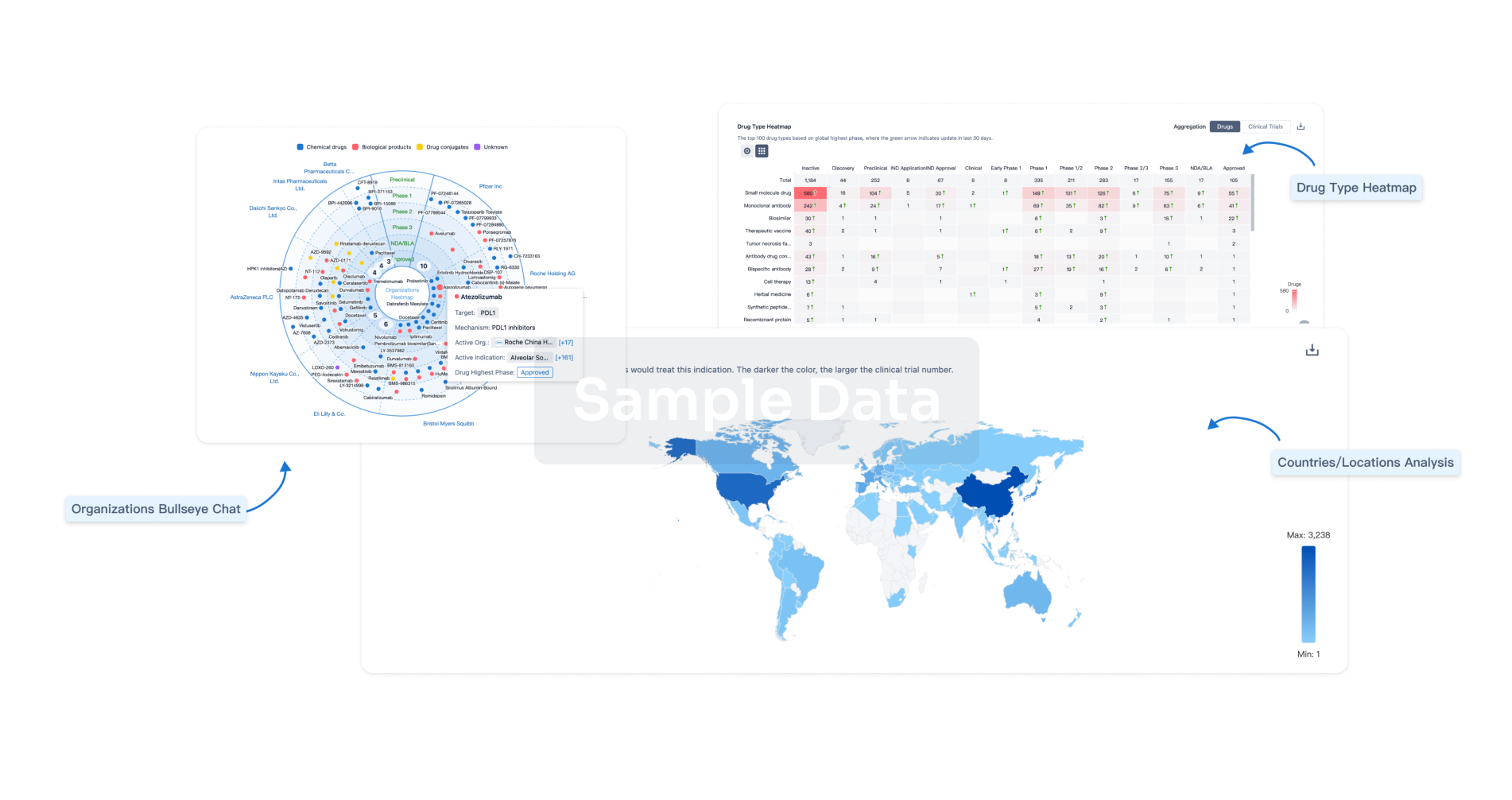Request Demo
Last update 08 May 2025
Charcot-Marie-Tooth Disease, Type 4C
Last update 08 May 2025
Basic Info
Synonyms CHARCOT-MARIE-TOOTH DISEASE, DEMYELINATING, AUTOSOMAL RECESSIVE, TYPE 4C, CHARCOT-MARIE-TOOTH DISEASE, TYPE 4C, CHARCOT-MARIE-TOOTH NEUROPATHY, TYPE 4C + [11] |
Introduction An autosomal recessive form of demyelinating Charcot-Marie-Tooth disease caused by mutations in the SH3TC2 gene, encoding SH3 domain and tetratricopeptide repeat-containing protein 2. |
Related
2
Clinical Trials associated with Charcot-Marie-Tooth Disease, Type 4CNCT05902351
Global Registry for Inherited Neuropathies Natural History Study for Charcot Marie Tooth Disease
The goal of this Natural History Study for Charcot-Marie-Tooth is to acquire, record, and analyze patient-reported data and associated genetic reports, Electronic Health Records (EHRs) and clinical notes to identify the burden, diagnostic journey, and prevalence of disease that will aid scientists in their work toward finding a cure.
Participants will be asked to complete a Natural History Survey.
Participants will be asked to complete a Natural History Survey.
Start Date01 Nov 2013 |
Sponsor / Collaborator |
NCT01193075
Natural History Evaluation of Charcot Marie Tooth Disease (CMT) Type (CMT1B), 2A (CMT2A), 4A (CMT4A), 4C (CMT4C), and Others
This is an observational longitudinal study to determine the natural history and genotype-phenotype correlations of disease causing mutations in Charcot Marie Tooth disease (CMT) type 1B (CMT1B), 2A (CMT2A), 4A (CMT4A), and 4C (CMT4C).
The investigators will also be determine the capability of the newly developed CMT Pediatric Scale (CMT Peds scale) and the Minimal Dataset to measure impairment and perform longitudinal measurements in patients with multiple forms of CMT over a five year window
The investigators will also be determine the capability of the newly developed CMT Pediatric Scale (CMT Peds scale) and the Minimal Dataset to measure impairment and perform longitudinal measurements in patients with multiple forms of CMT over a five year window
Start Date01 Apr 2010 |
Sponsor / Collaborator  University of Iowa University of Iowa [+19] |
100 Clinical Results associated with Charcot-Marie-Tooth Disease, Type 4C
Login to view more data
100 Translational Medicine associated with Charcot-Marie-Tooth Disease, Type 4C
Login to view more data
0 Patents (Medical) associated with Charcot-Marie-Tooth Disease, Type 4C
Login to view more data
68
Literatures (Medical) associated with Charcot-Marie-Tooth Disease, Type 4C01 Jun 2025·Cellular Signalling
Two novel SH3TC2 mutations predispose to Charcot-Marie-Tooth disease type 4C by mistargeting away from TFRC
Article
Author: Li, Jianwei ; Wu, Changxin ; Zhang, Yanping ; Deng, Zhanjin ; Wu, Ya ; Xiong, Qiuhong ; Samad, Abdus ; Xi, Yuqian ; Li, Ping ; Song, Jiawen ; Zhou, Yong-An
01 Jun 2025·European Journal of Cell Biology
Advances in modeling the Charcot-Marie-Tooth disease: Human induced pluripotent stem cell-derived Schwann cells harboring SH3TC2 variants
Article
Author: Nizou, Angélique ; Pyromali, Ioanna ; Sturtz, Franck ; Rovini, Amandine ; Loret, Camille ; Faye, Pierre-Antoine ; Scherrer, Camille ; Lia, Anne-Sophie ; Favreau, Frédéric
10 Mar 2025·Laboratory Medicine
Trigeminal neuralgia, demyelinating polyneuropathy, and central nervous system involvement in a patient with an SH3TC2 mutation
Article
Author: Pepe, Georgia ; Giannakis, Alexandros ; Sarmas, Ioannis ; Sidiropoulos, Christos ; Konitsiotis, Spiridon ; Chamko, Gkirai
Analysis
Perform a panoramic analysis of this field.
login
or

AI Agents Built for Biopharma Breakthroughs
Accelerate discovery. Empower decisions. Transform outcomes.
Get started for free today!
Accelerate Strategic R&D decision making with Synapse, PatSnap’s AI-powered Connected Innovation Intelligence Platform Built for Life Sciences Professionals.
Start your data trial now!
Synapse data is also accessible to external entities via APIs or data packages. Empower better decisions with the latest in pharmaceutical intelligence.
Bio
Bio Sequences Search & Analysis
Sign up for free
Chemical
Chemical Structures Search & Analysis
Sign up for free
